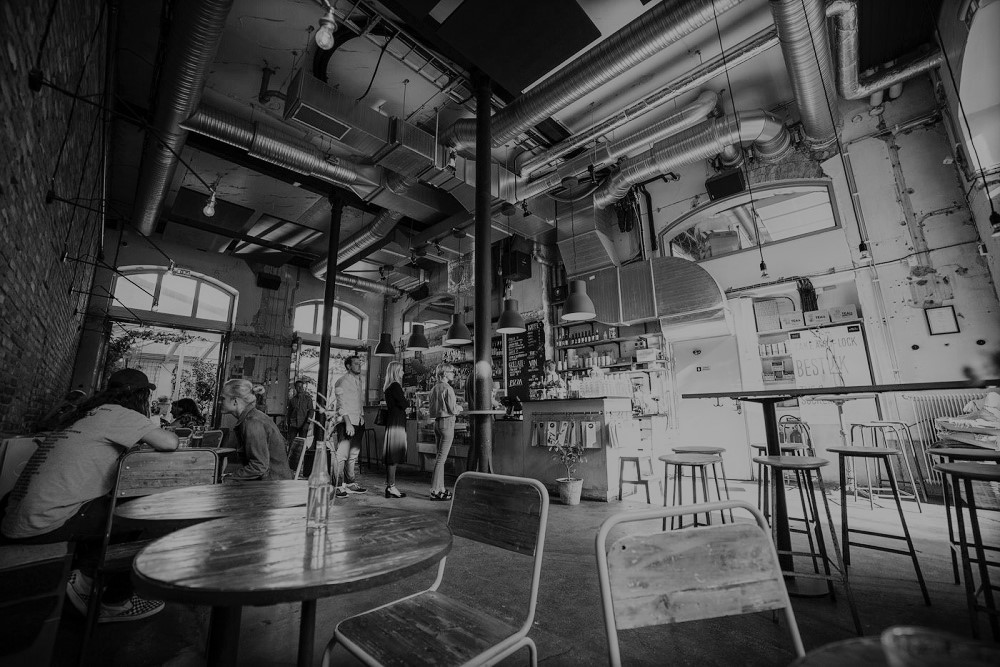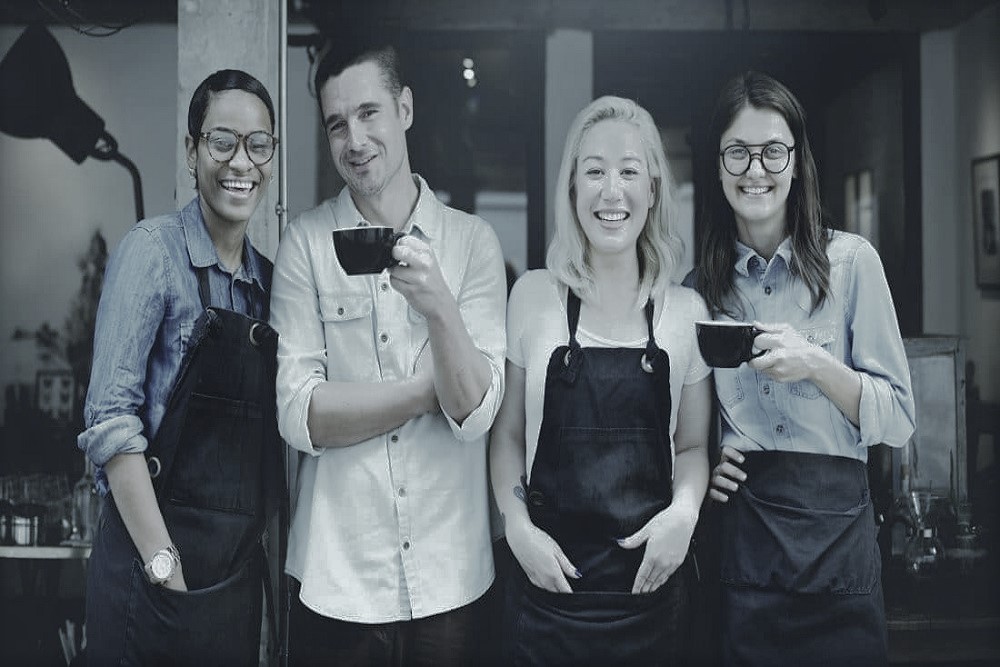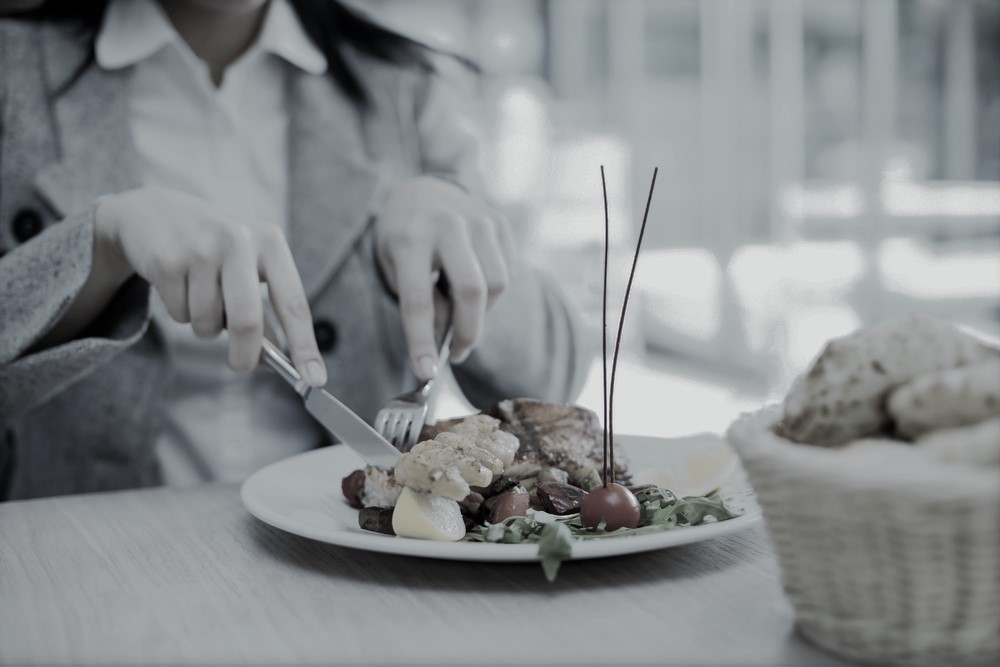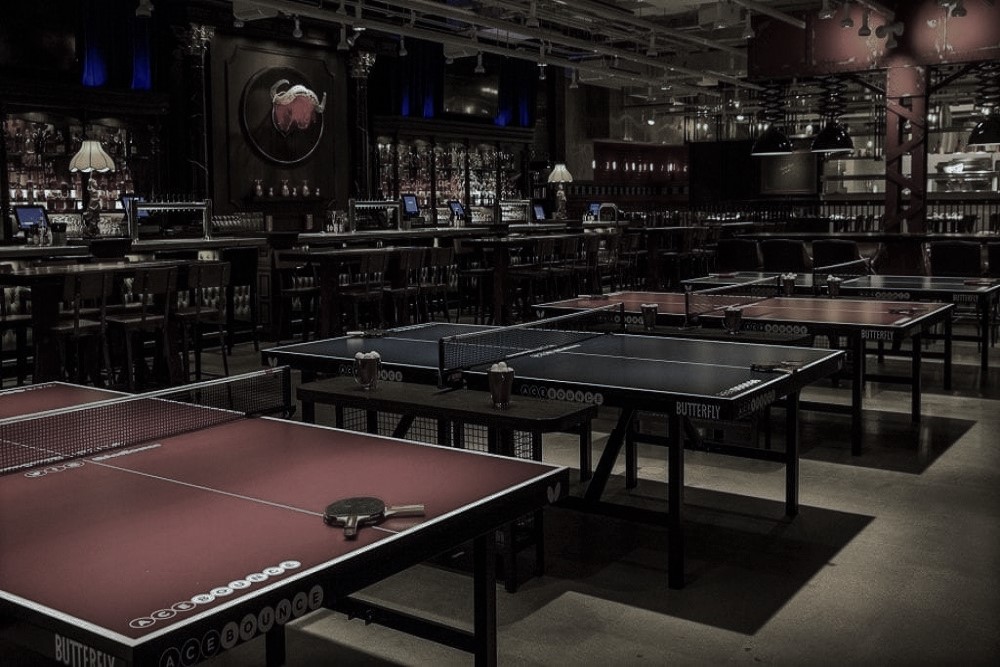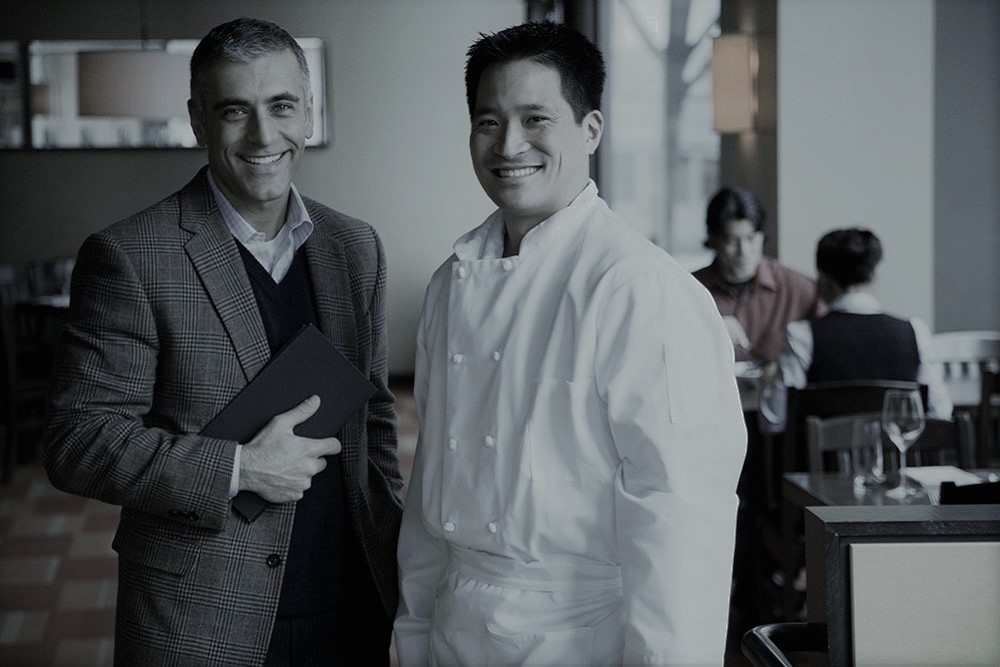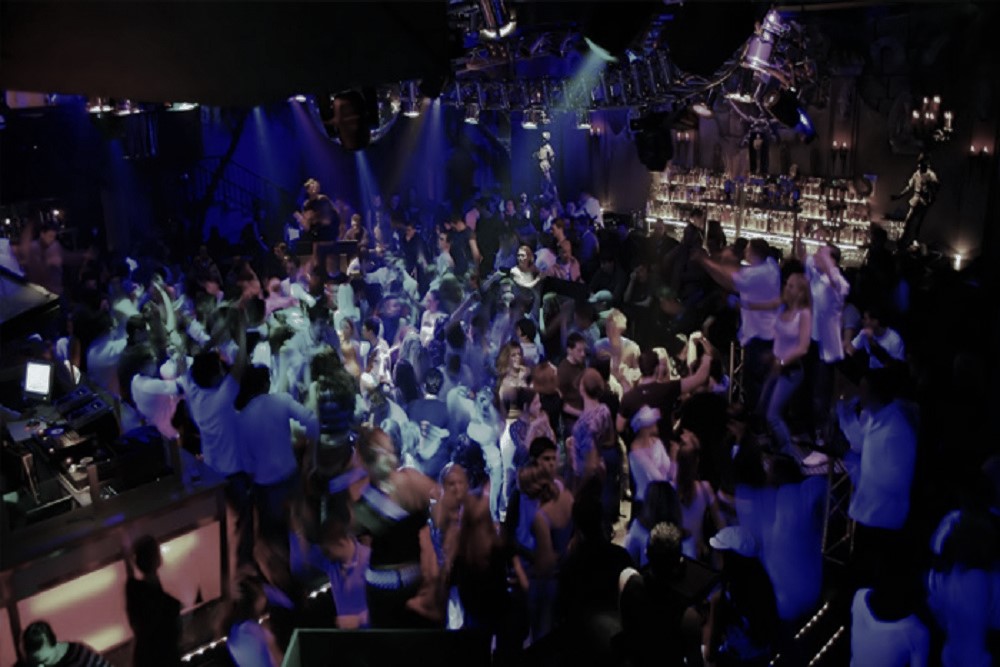4 Ways to Prevent Restaurant Burnout
Originally Posted on FoodableTV by Doug Radkey 02/21/18
We know restaurant owners, chefs, and managers, more often than not, wear too many hats, leading to upwards of 60 to 80+ hours of work per week.
No matter how much improvement we’ve collectively made in recent times to keep operations manageable, flexible, and “fun,” there still seems to be the long hours, the working on holidays and weekends, and the minimal margins.
Let’s not forget about the labor restraints, the rising operating costs, and the demand of the overall market to deliver quality food, drink, and experiences; all at often the lowest price point possible.
It takes sacrifice and required systemized thinking, creativity, social skills, stress management, and a lot of passion to win in this industry — which leads to an enormous amount of personal pressure.
This job-related pressure and the extra hours at work will, no doubt, create higher than normal amounts of stress; leading to personal exhaustion, poor decision making, mental health issues, and sometimes even family related conflict.
If this sounds like you, you need to find a way to simply work smarter, not harder. If you currently have the mindset that by working more hours will result in more work being done, you are wrong and need to make a restaurant lifestyle change, today!
This mindset is, in fact, the starting point of what we call: burnout.
Burnout within the restaurant (and hospitality) industry is real and happens more frequently than it should. Preventing burnout and building a work-life balance for everyone—including owners, chefs, managers, and support staff— is, in fact, possible, contrary to popular belief.
Here’s how:
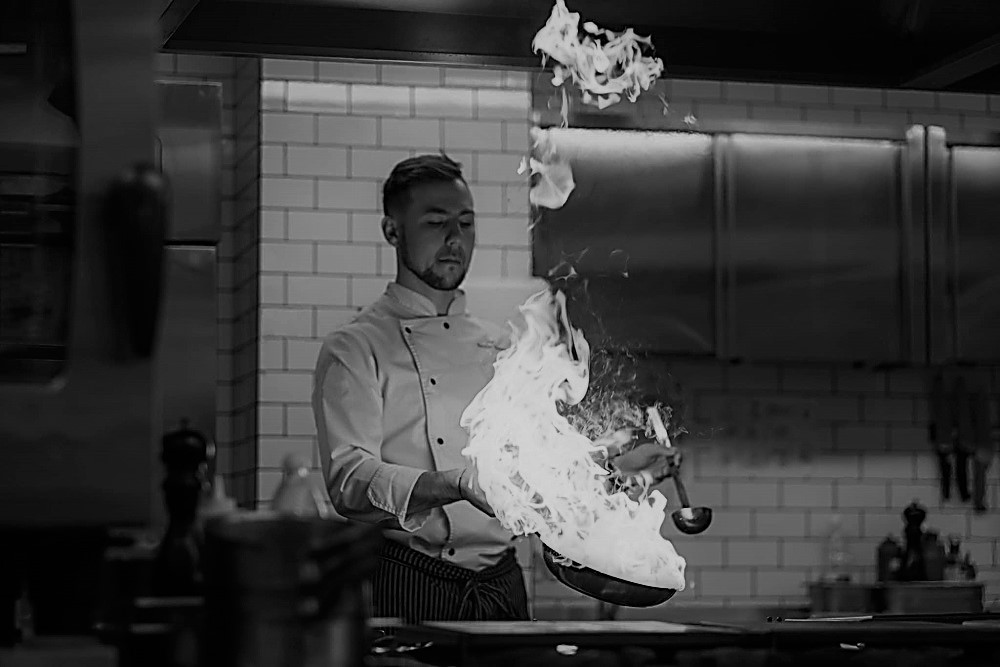
1. Hiring the Right Team
The first step is to build a team based on values, vision, mission, and culture. Creating and executing on these statements will build the foundation within your concept to create consistency, accountability, and room for growth.
The right team, however, is only as good as the training program installed at the venue.
A profitable training program will provide common elements such as the use of checklists, incentives, and easy to understand procedures. This will then, in turn, create a system of standards— one that reflects your vision, value, mission and culture statement— immediately positioning you as a leader, to properly delegate tasks and empower your team to achieve the required daily objectives (therefore making life easier for everyone).
2. Creating Operational Systems
The more any restaurant depends on the owner’s day-in and day-out involvement in the operational details of the establishment, the greater the risk of failure and burnout.
Starting and operating a successful restaurant also relies heavily on having the right systems in place, allowing the venue and its hired team to work as one cohesive unit.
Having the correct systems in place will create consistency, develop operating capital by reducing costs, enhance your team morale, and build business value while positioning your concept for future growth opportunities.
These systems include HR management, inventory management, communication systems, financial control systems, positional and shift related checklists, quality control systems, and more.
The benefits that you will quickly achieve through the implementation of these systems are much greater than what you will need to invest in setting them up.
3. Utilizing Available Resources
It is also important to stay on top of your game by continuously learning. There are multiple ways to accomplish this, such as working with industry mentors, attending trade shows, reading leadership and industry-driven books, and/or listening to podcasts (just to name a few).
Owners, managers, and yes, even front-line staff should have the mindset and a personal development plan in place, to continuously learn the industry. Continuously learning will reduce your daily involvement, improve on team experiences, and drive the results your restaurant needs.
Without diminishing restaurant fundamentals, is there also a way to implement technology within your restaurant, allowing you to work more efficiently? What are some cost-effective resources available to you and your team to enhance operational systems? It’s time to look for these investment opportunities.
4. Finding YOU Time
It is critical that you find yourself some ‘you time’. With the right team, systems, and resources in place, it is not only beneficial for you but for your entire team, as well. Look for ways to have a 30-minute workout in the morning, afternoon, or evening after work.
You also want to ensure you’re taking time off each week for yourself, your friends, and your family. Lastly, schedule a vacation, and take it.
No excuses!
Stop trying to do everything yourself. Learn to trust your team, delegate tasks based on their varied skill sets, and simply avoid burnout.
If you recognize any of the symptoms of burnout, it’s time to make a change in your restaurant’s lifestyle.
Find your balance and build a culture that places a premium on life. It may look like more ‘work’ up front, and there are many more solutions to suggest, but investing in a people-first mentality, will provide the results you need to begin leading a successful operation.


